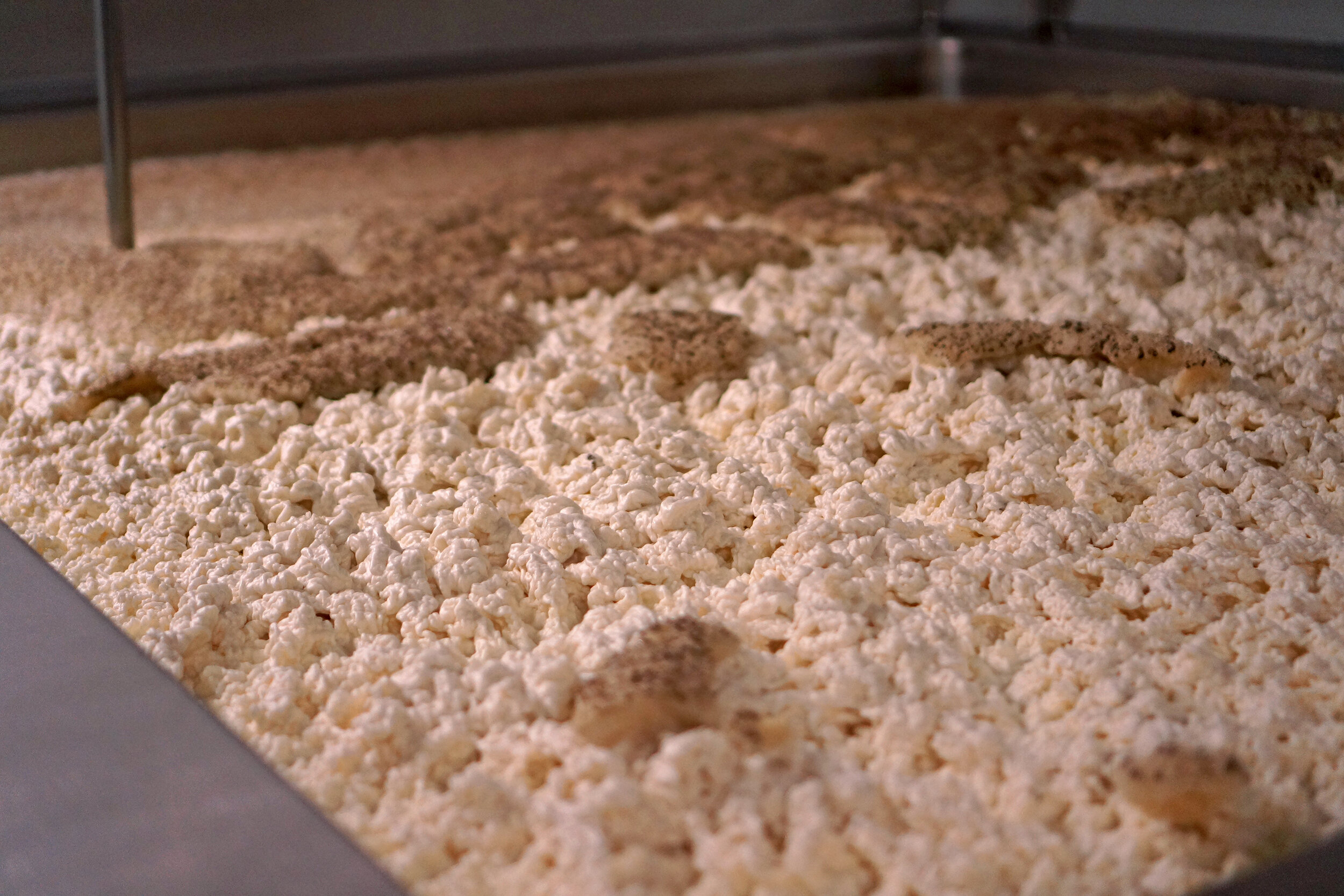Jeff Tweedy says that hell is chrome, and I think I know what he means. The grand old Lager breweries of the Czech Republic could have been built by kings, but to find their beer, you have to look past the turrets and chimneys and brick courtyards and the fountain where two primordial carp circle each other slowly, infinitely, old as time. Your interests lie many meters below ground, entombed in caverns. To access the Lager cellars, you must forgo the bright rain of day and venture into a subterranean world of metal and perpetual chill.
One thing to know is that you need the right kind of shoes. Sturdy boots, preferably, with teeth. Their skids should be new and deep so you don’t slide on any dripping walkways. Would a parka be out of place? It would not. Nor would a woolen hat, gloves, thick socks.
It might sound like hyperbole, but the cold is a body-shock. You can intellectually prepare yourself for it, but there is no way to avoid the body’s reflexive, breaking-through-a-frozen-pond flinch. You gasp, and the breath emitted from your warm mouth turns instantly to vapor. Imagine sealing yourself into a butcher shop’s cold room, where great flanks of beef are suspended from hooks in the ceiling. Picture, too, walking deep into the winter night somewhere in the Baltics. Instead of going right back inside to sit by the fire, you hold a near-frozen beer in your naked hands, feeling your fingers stiffen and redden with every passing minute.
The cold in these cellars feels like death, but it is an essential life force—it is bringing the beers into being. After open fermentation, these Czech Lagers rest dreamily in their tanks for 10 or 12 weeks, until they emerge clean and mature. It is satisfying to think of them in there, mellowing, metamorphosing into greatness.
Deep in these brewery bowels, the walls are wet brick and they grow their own colonies of moss and mildew. Everything else is metal. In one brewery, the caverns are lit by flickering yellow lights and the passageways look like a Cold War bunker, or like a film set for “The Third Man.” The atmosphere is noirish, I mean, with sallow spotlights and a space that is eerily empty of workers; the brain fills in a soundtrack of drips and echoes. The Lager tanks crack greenly with rust, like a reptile whose skin no longer fits, and the Tmavý Ležák tastes like a mouthful of pennies. You might wonder if the rust has also spread to their insides.
At Pivovar Kutná Hora, by contrast, everything is clean, precise. One tank is crowned by a nimbus of krausen, the froth sculpted as snow banks and brown in places—it could be a cinnamon-dusted tiramisu, but tastes bitter as poison. We shoulder past each other in the narrow alleys and watch as several beers are poured directly from the tanks in thin streams. At Albrecht Brewery, near the country’s northern border with Poland, we drink Dark Lager with shreds of pork knuckle that have almost completely collapsed into fat. And at Pivovar Cvikov, where a picture of Václav Havel hauling a sack of malt is tacked to a wooden support beam, we skip through the cellars tasting through the brewery’s range, the beers named and enumerated by their degrees Plato.
How do you describe Světlý Ležák—Pale Lager—straight from the tank? Double, or perhaps triple decocted? If it is poured correctly, with its snowy cap of foam, the first impression is of cream lapsing into busy fizz. The beer beneath is buttered bread, old-fashioned butterscotch, but adulterated, illicitly bitter. The palate floods with richness that lapses into puckering dryness.
That each mouthful leaves you fundamentally unfulfilled—in need of another to chase it—is a feature, not a bug. Before junk-food manufacturers tinkered with a chemical formula that would keep consumers buying infinite bags of chips, in search of the elusive finality of satisfaction, the old brewers of Bohemia learned how to make their own beer everlasting. Each sip, each empty glass, begets another. You might pause between your Lager sessions, but until death, you do not stop.
[Disclosure: This trip was made possible by Euroboozer, and we're thankful for their help in making our Eastern European beer coverage more comprehensive.]
 Words + Photos
Words + Photos
Claire Bullen Language




















